|
The timber used in the furniture that the Company makes is kiln
dried to a moisture content of 10%. In this state, under normal room
conditions, it does not dry any more and so remains stable.
After a log has been cut into planks on the Bandmill, it is stacked,
with thin strips between each board. It remains outside in the drying field
for about 9 to 12 months, and gradually looses around
60% of its moisture content.
|
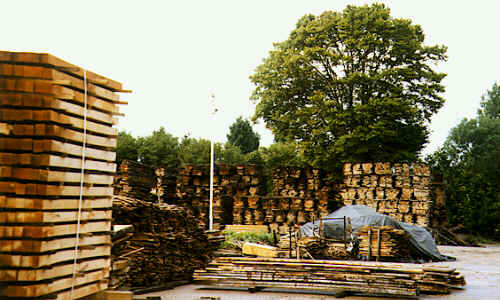
|
|
However it will not reach its required
dryness unaided, and the 'sets' of planks are loaded by mobile crane
onto bogies and pushed into one of the kilns.
|
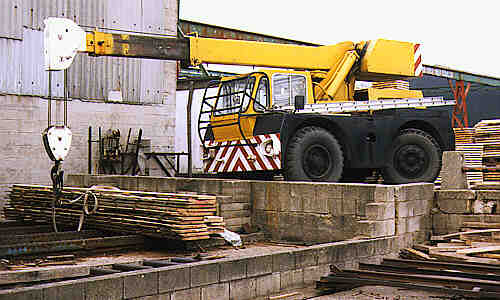
|
|
The moisture is extracted from the timber by heating the kiln. Large
fans force air through the stack. Degrade to the wood is avoided by
carefully controlling the rate of drying.
This is achieved by
adjusting the humidity in the kiln as the timber dries. The desired
settings are produced by the use of live steam and air vents in the
kiln's roof. Both are under continuous automatic control.
|
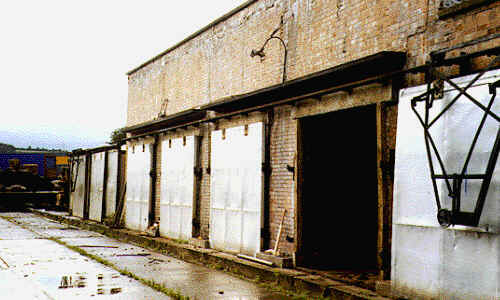
|
|
In 1955 the first two brick kilns, with an oil fired boiler, were built at the edge of the property adjoining the railway. These were supplied by Messrs G.F.Wells of Sheffield. Each kiln was 30ft long. Above a false ceiling over the kiln chamber two 6ft fans circulated the air, changing direction every 2 hours.
Two more Wells kilns were added in 1959.
|
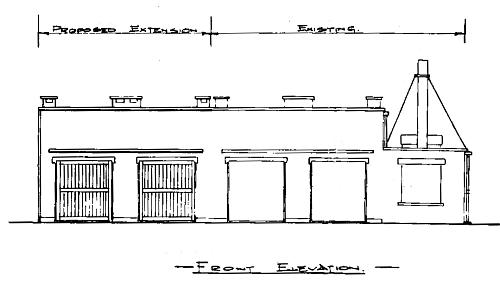
|
|
In 1966 a 40 ft aluminium kiln from Sidney Cubbage Ltd, High Wycombe, was added along side the four brick ones. It had automatic control of the temperature and humitity. Another Cubbage kiln, fifty feet long, was built next to it in 1971 and the first one extended to 50 ft in 1973.
The kilns were converted, in 1975, to use steam produced by burning wood waste in the new boiler plant. The Wells kilns were also fitted with automatic controls. The now disused oil boiler room was later converted into a de-humidifier kiln.
The timber loads for kilning were pushed onto the transfer track, the metal carriage that ran on the rails in front of the kilns. When the track was opposite the empty kiln the loads were pushed in. A job greeted with no particular enthusiasm by several generations of sawmill workers.
|
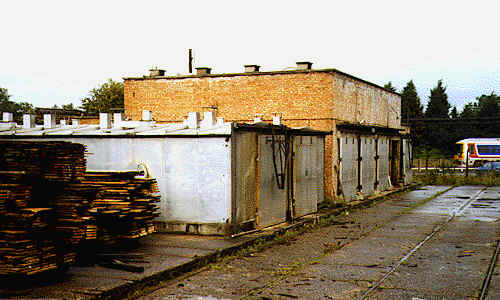
The Sawmill at work: Steam Bending
|